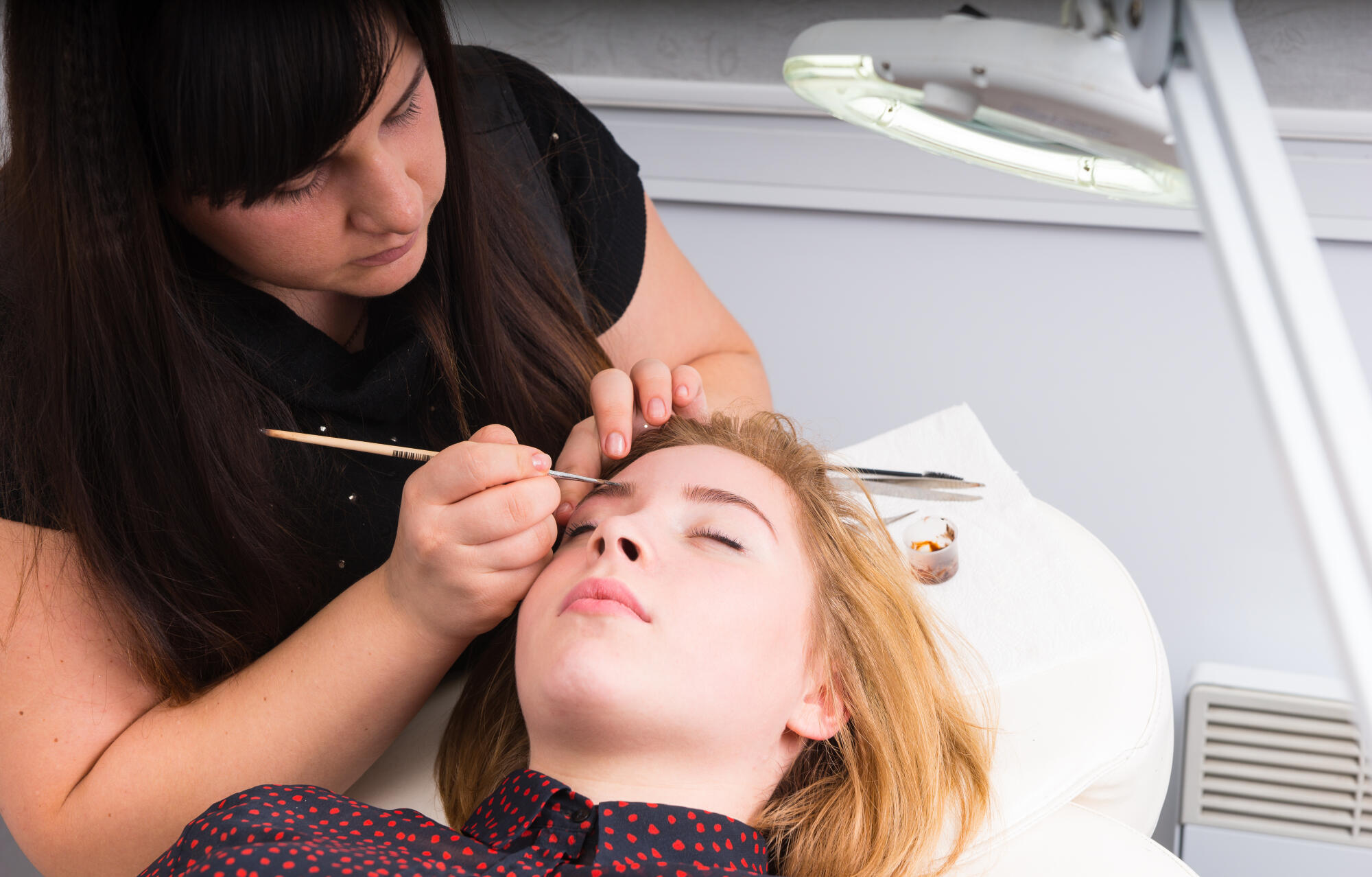People hear the word “cosmetology” and automatically associate it with women’s hair. That just isn’t true though, because just about everyone has hair, regardless of gender identity. The world of men’s hair is just as full of style and products as women’s hair. It’s important that cosmetologists have a good understanding of men’s hair fashion since many men come to salons for haircuts and styling. There are four basic styles of men’s hair that have been popular the past few years that don’t seem to be going out of style any time soon. Here are four popular men’s haircuts that cosmetologists need to know!
Undercut

It’s no secret that undercuts are an absolute staple for men’s hair. They’re super stylish and are easy to maintain. An undercut is when the sides of the head are shaved close to the scalp while hair on the top of the head is longer. Many of the most popular men’s haircuts have an undercut of some sort. The longer hair on top can be styled in many different ways, but one of the most common, especially in adolescents and teenagers, is a messy undercut. A messy undercut in particular is very popular because it gives off a cool “I woke up like this” vibe while looking tidy.
What separates a messy undercut from other hairstyles is the way the longer hair on top is styled. Many people opt to leave it natural, giving it a “messy” look while the undercut makes it look tidy. While this seems simple, it’s important for a cosmetologist to know this hairstyle in order to cut and style the longer hair on top. Balancing the length of hair on top and with the undercut is essential to maintaining the vibe of this style.
Quiff

A quiff has also been around for a while in men’s hair fashion. It was very popular in the 2010’s (we’re looking at you, One Direction) and still continues to be a go-to for many guys looking for a tidy haircut and style. A quiff also has an undercut base; in fact, this style couldn’t be achieved without one. A quiff hairstyle is when the longer hair on top is styled straight up–making the hair look thin or even poofy.
There can be many different variations of this style but you can identify it by the upswept hair on top and shaved on the sides. Cosmetologists should know this basic hairstyle and how to style it because it’s very popular and has remained in trend for many years now. It’s a clean and tidy haircut that requires a product, so clients will ask advice on how to properly style and take care of their quiffed hair.
Buzz Cuts

A buzz cut is a super classic look that most people probably associate with the military, but in reality, there are many people who like a closely shaved head. Buzzing the hair means shaving it very close to the scalp. Fades can also be incorporated into this haircut, too, to add a bit more style or personality. The reason why cosmetologists should know how to buzz hair is because they’ll be working close to the scalp, so they have to be precise. Some clients might even ask for a buzz in certain places on the head, so knowing how to artfully work a razor is key.
Fades

Fades are probably the most common haircut for men. A fade is similar to an undercut, except the hair actually fades as it goes up. To achieve this look, hair is shaved closer to the scalp as it moves down, so hair at the bottom of the head would be the shortest. This is what makes the hair appear faded. Fades can be incorporated into just about any hairstyle. For example, a fade can replace an undercut in a quiff to add more personality or style to the cut.
Fades can work with any hair type, which is partially what makes it so popular as a men’s haircut. That’s also why cosmetologists should know how to implement this style. It’s in high demand, and clients will want to work with a stylist who knows how to create trendy and popular haircuts.
Why Should Cosmetologists Know Men’s Hairstyles?

Cosmetologists should know how to work with hair at any length and with every type of hair. You never know what kind of hair a client might walk in with or what haircut or style they’d like. Further, some tools might be different for working with men’s hair than with women’s. For example, a straight razor is used for fades or undercuts, and people with longer hair don’t typically require this tool.
Being a well rounded cosmetologist who has knowledge and experience with all sorts of hair types and lengths makes you more marketable and desirable for clients. You’ll be ready for anything a client might ask of you when you study hair without the boundary of gender. Multimedia Makeup Academy of Esthetics, Cosmetology, and Special FX offers extensive courses and experience in hair cutting and styling. Everything you need to know about becoming a cosmetologist is waiting for you at Multimedia Makeup Academy, so check out what we have to offer!





